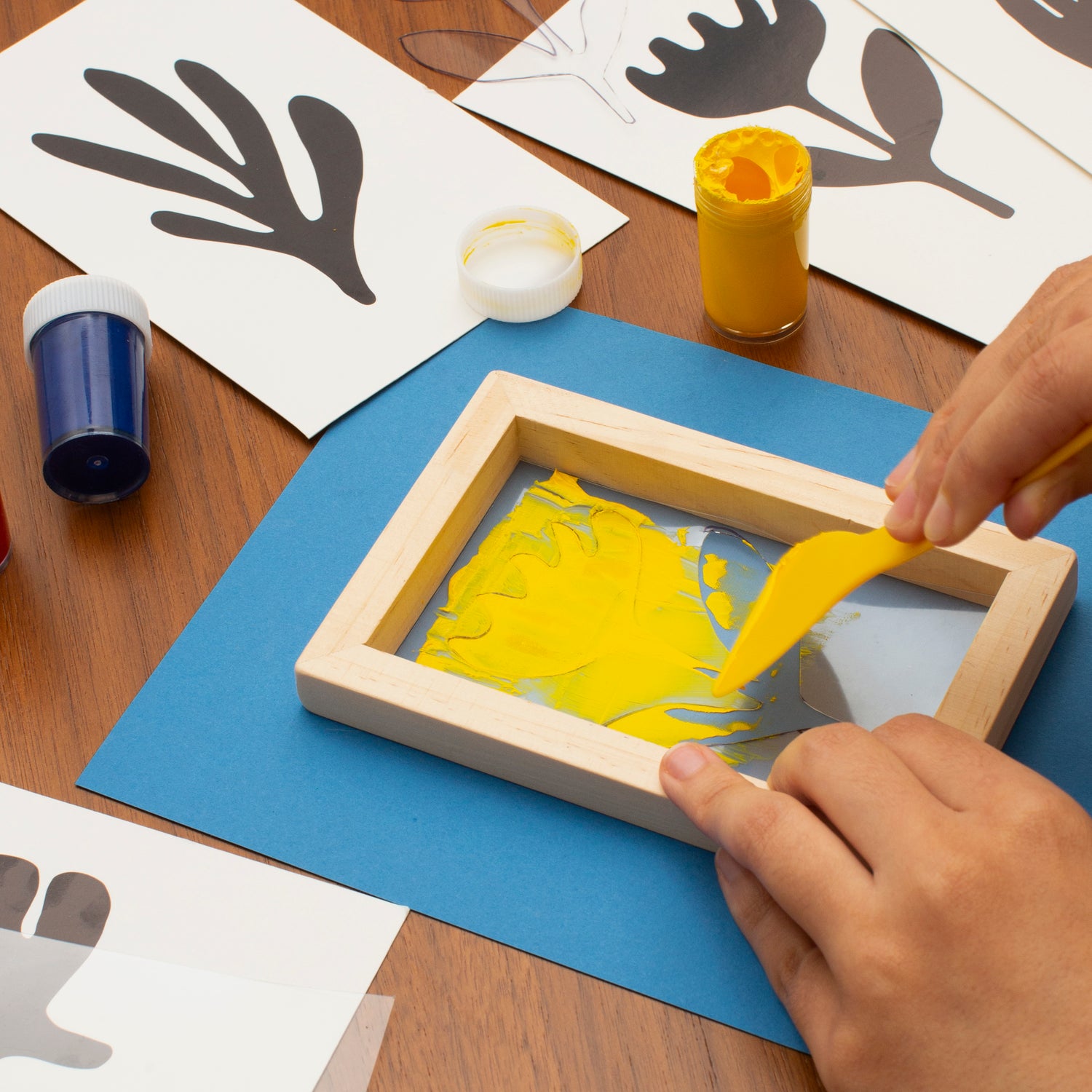The Crucial Overview to Comprehending Screen Printing and Its Versatile Utilizes
Screen printing has a rich history that dates back to old times, advancing into an innovative method utilized across numerous markets today. This guide explores the details of the screen printing process, outlining its applications in advertising, style, and home décor - 10:9 Design Company. Understanding these fundamentals can open up innovative potential for both business and creative jobs. The following areas will expose necessary pointers and techniques to enhance one's screen printing undertakings
The History of Screen Printing
Screen printing has roots that trace back centuries, its evolution reflects the artistic and technical developments of different societies. Stemming in old China, the technique was at first utilized for embellishing fabrics and later infect Japan, where it became essential to Ukiyo-e woodblock printing. The method changed to Europe in the 18th century, where it acquired popularity among craftsmens and industrial printers. The invention of photo solution in the 20th century changed screen printing, permitting even more elaborate designs and better effectiveness. Artists like Andy Warhol additionally thrust its appeal, utilizing the tool to develop legendary jobs that blended commercialism and great art. By the late 20th century, screen printing had actually developed itself as a functional technique, employed in vogue, advertising and marketing, and great art. Today, it continues to advance, integrating digital innovation and increasing its applications across different sectors.
The Screen Printing Process Explained
Screen printing transforms artistic visions right into substantial designs with a series of precise actions. A picture is created and then moved onto a screen, usually made of fine mesh textile extended over a frame. A light-sensitive solution is applied to the screen, which is subjected to light, hardening in areas not covered by the picture. After cleaning out the unhardened solution, a pattern is formed.
Next, the screen is placed over the substratum, whether it be fabric, paper, or another material. Ink is then pressed through the open locations of the stencil utilizing a squeegee, depositing the style onto the substratum listed below. This process can be duplicated for multiple colors, needing different screens for every tone. The printed item is cured making use of warmth to guarantee the ink sticks properly, resulting in a sturdy, lively style prepared for usage.
Sorts Of Screen Printing Techniques

Additionally, specialized methods, such as discharge screen printing, eliminate color from the textile to develop softer prints, while aluminum foil screen printing applies metallic foil to achieve a glossy coating (10:9 Design Abilene). Each strategy offers unique features, catering to numerous creative needs and manufacturing ranges, ultimately increasing the opportunities within the screen printing domain name
Applications of Screen Printing in Various Industries

Additionally, the signage and advertising industries utilize screen printing for developing distinctive screens and banners. This technique enables for vibrant shades and elaborate designs that catch interest. In electronics, screen printing is used for using conductive inks to circuit card, essential for part links. The home design market welcomes learn the facts here now screen printing to create distinct styles on textiles and wall art. Generally, screen printing offers as a vital device across varied areas, enhancing products with individualized and aesthetically enticing graphics.
Tips for Successful Screen Printing Projects
While carrying out a screen printing project, careful attention to detail can substantially improve the final result. First, selecting top notch materials is essential; this consists of the screen, inks, and substratums. Making use of suitable mesh counts can affect ink deposition and detail resolution. Preparation is just as vital; extensive cleansing of displays and appropriate exposure times ensure crisp prints.
Next off, precise registration is essential for multi-color prints. Making use of alignment tools can help accomplish specific layering. Additionally, testing prints on scrap materials prior to production aids recognize prospective issues without throwing away sources.

Frequently Asked Inquiries
What Materials Are Best for Screen Printing on Material?
Cotton and polyester blends are optimal for screen printing on textile due to their durability and ink absorption. Additionally, specialized fabrics like silk or canvas can produce distinct structures and surfaces, improving the general design high quality.
Just how Do I Clean and Maintain Screen Printing Devices?
To clean up and maintain screen printing equipment, one need to regularly wash displays with appropriate solvents, inspect squeegees for wear, lube moving components, and shop all products in a dry, dust-free atmosphere to prolong their life expectancy.
What Are the Environmental Effects of Screen Printing?
Screen printing can have significant ecological effects, including chemical waste from inks and solvents, water usage throughout cleansing procedures, and energy usage. Lasting methods and environmentally friendly materials are important for lessening these adverse results.
Can Screen Printing Be Done at Home Successfully?
Screen printing can be successfully done at home with the best materials and methods. Enthusiasts can create top quality prints, though success depends upon their ability degree, tools, and understanding of the process included.
What Are the Prices Related To Starting a Screen Printing Company?

Starting a screen printing service entails expenses for equipment, products, and office. Initial costs generally vary from a couple of hundred to several thousand dollars, relying on the range, high quality of machinery, and preferred production capacity.
Screen printing has a rich history that dates back to old check my reference times, evolving right into an advanced strategy utilized across various industries today. An additional strategy, rotating screen printing, uses round screens, facilitating continual printing on textile rolls, thus boosting performance for massive manufacturings. Furthermore, specialized techniques, such as discharge screen printing, get rid of dye from the textile to develop softer prints, while foil screen printing applies metallic foil to attain a glossy coating. In the fashion market, screen printing is extensively used to create lively layouts on apparel, making it possible for brands to showcase their one-of-a-kind styles. Cotton and polyester blends are optimal for screen printing on fabric due to their sturdiness and ink absorption.